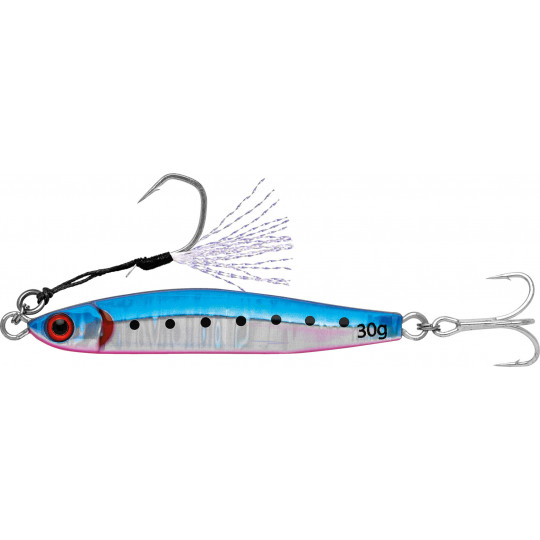
Metal Jig Storm Gomoku Trick Metal 30g
Unavailable at the moment
Cookies management panel
This site uses cookies and gives you control over what you want to activate. Cookies are used for ads personalisation."I caught my fish with a jig". But which jig? Who hasn't had that moment when you wonder whether you're talking about a metal jig or a rubber jig?
When it comes to lure fishing for predators, there are 2 main types of jig: rubber jigs and metal jigs. Often, out of habit, we talk about jigs without specifying their nature. However, these are 2 completely different lures that have only one animation method in common.
111 products

Unavailable at the moment
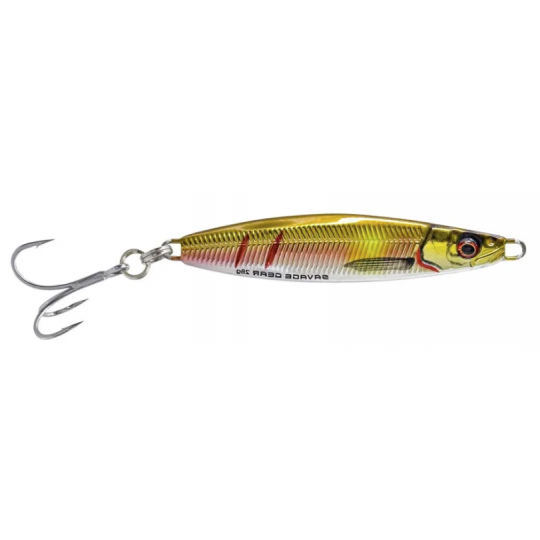
Shipping 24 H

Shipping 24 H
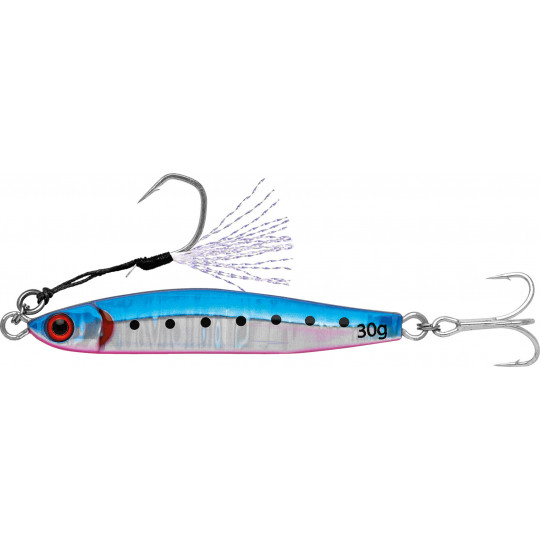
Shipping 24 H

Unavailable at the moment
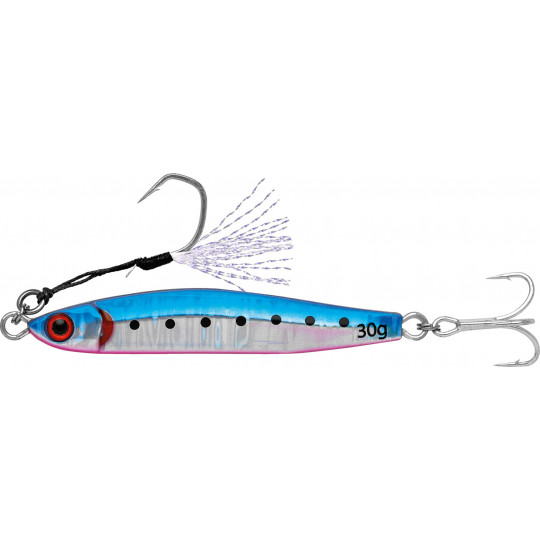
Shipping 24 H

Shipping 24 H

Shipping 24 H
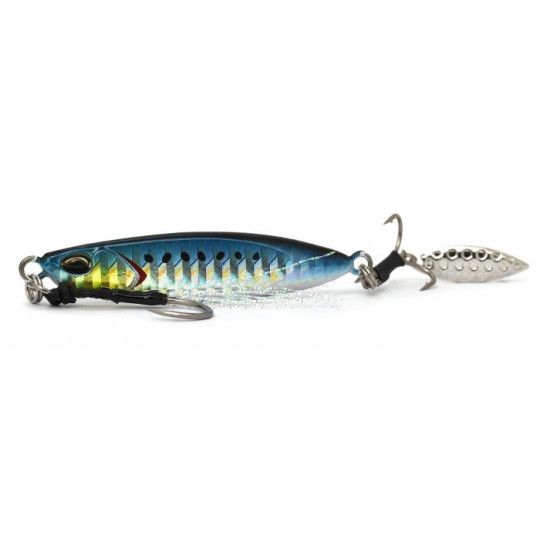
Shipping 24 H
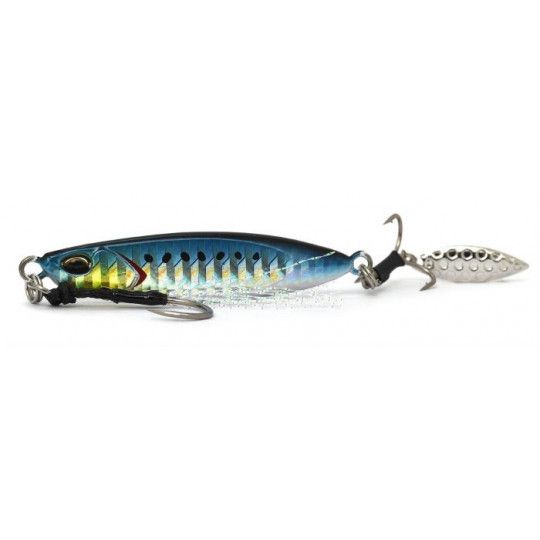
Shipping 24 H
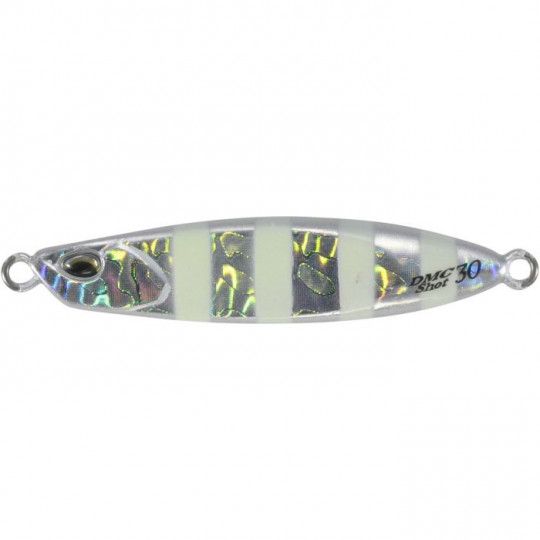
Shipping 24 H
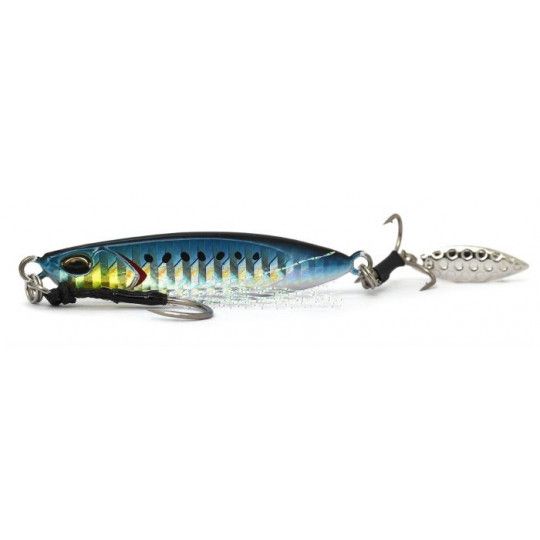
Shipping 24 H
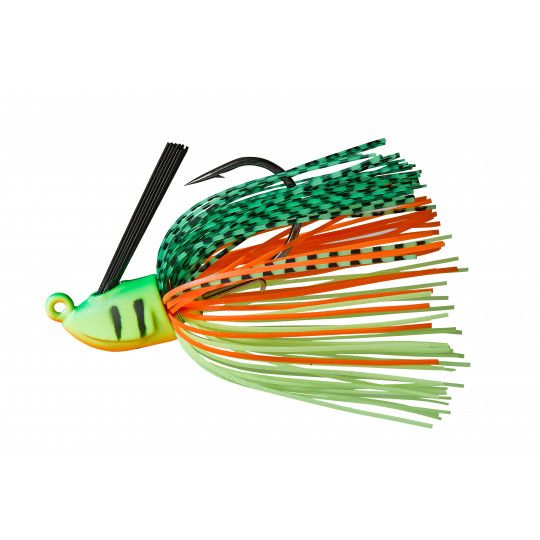
Shipping 24 H
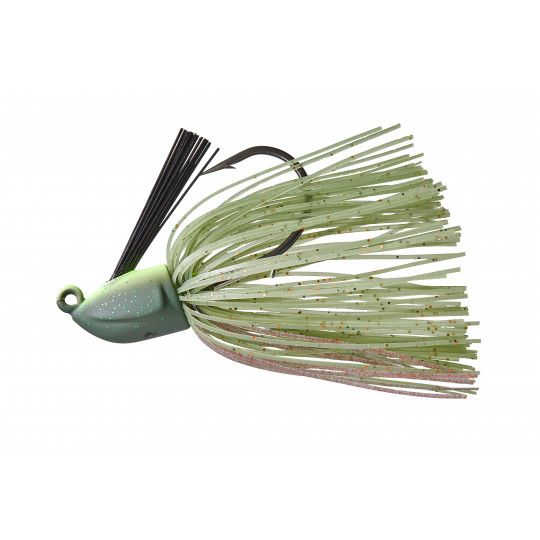
Unavailable at the moment
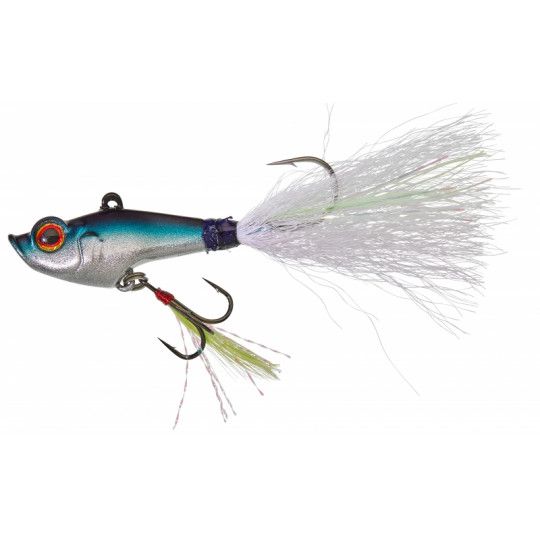
Shipping 24 H
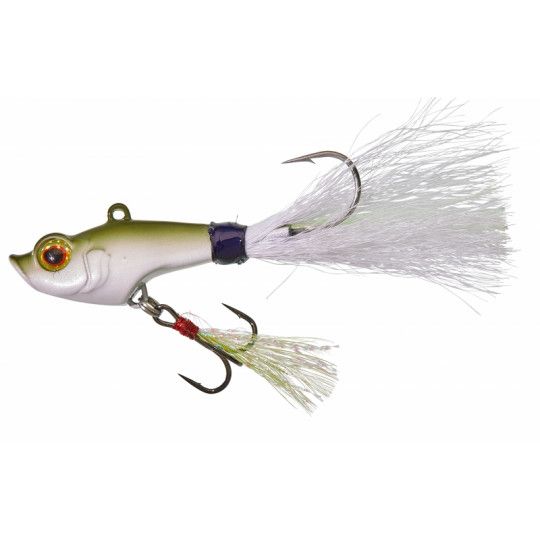
Shipping 24 H
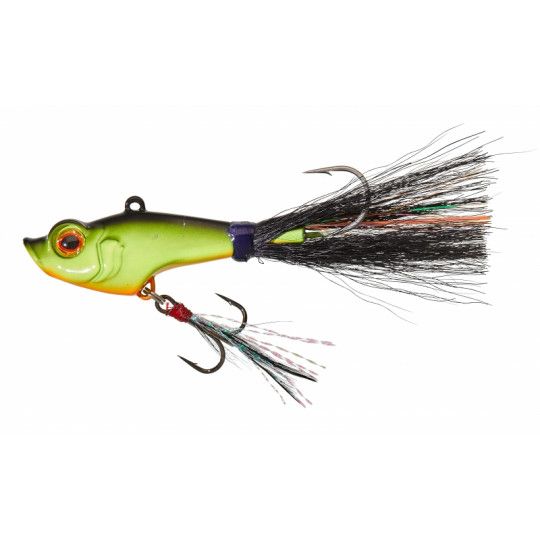
Shipping 24 H
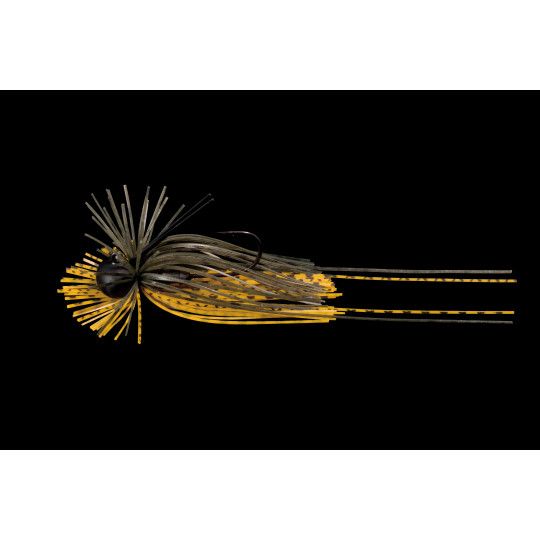
Shipping 24 H
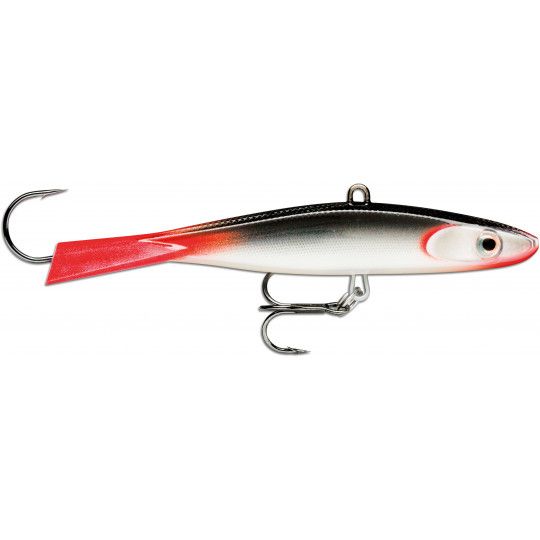
Shipping 24 H
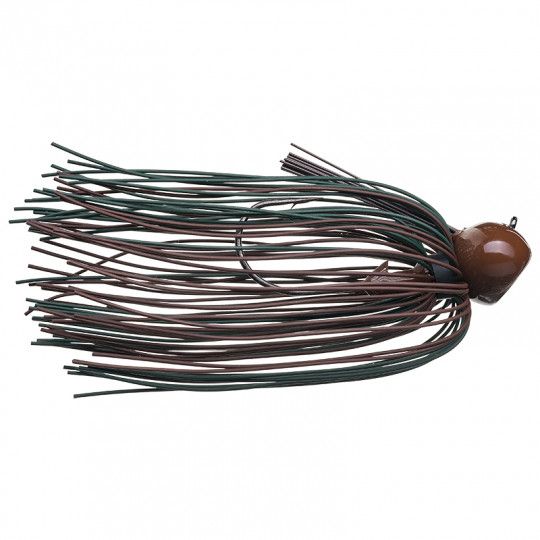
Shipping 24 H
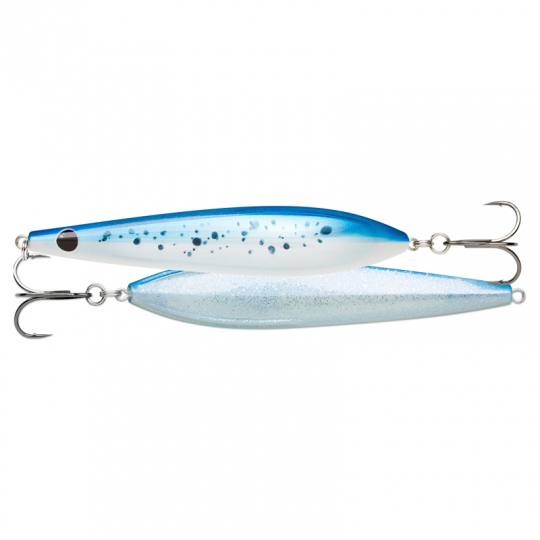
Shipping 24 H
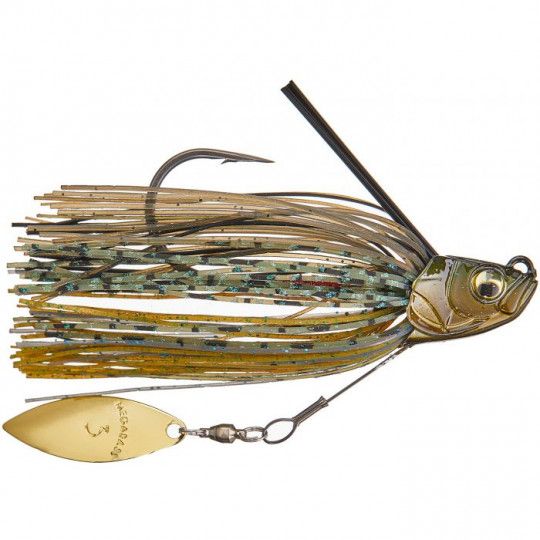
Shipping 24 H
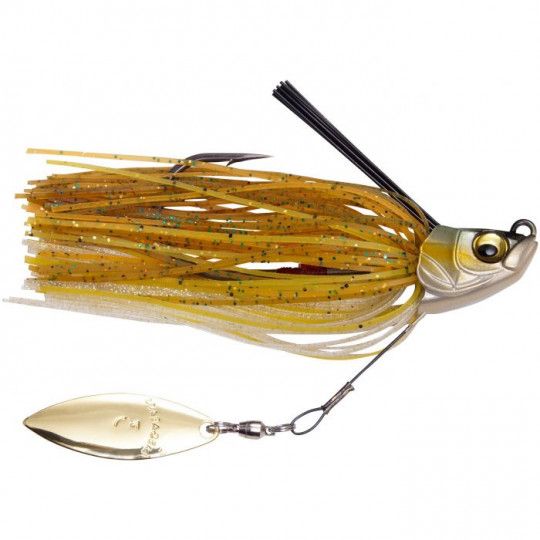
Shipping 24 H
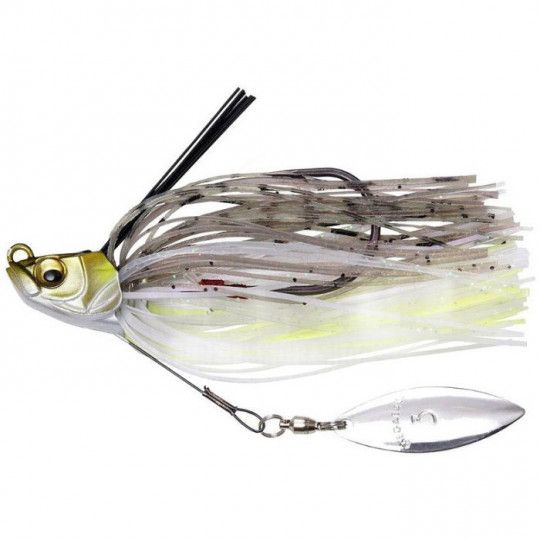
Shipping 24 H
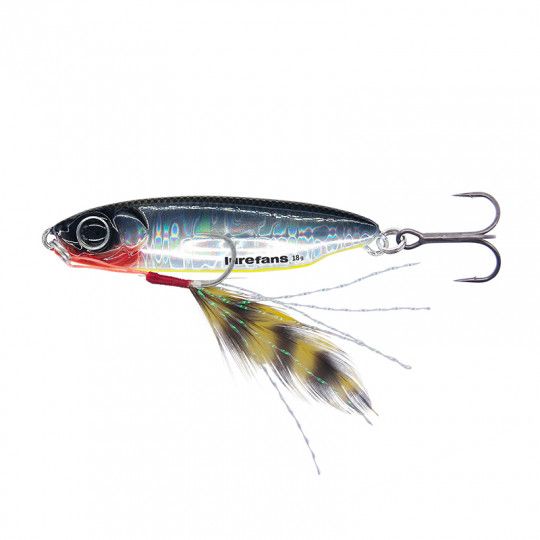
Shipping 24H
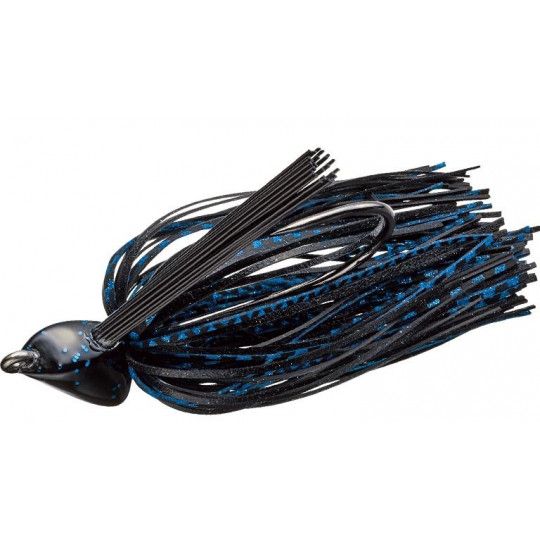
Shipping 24 H
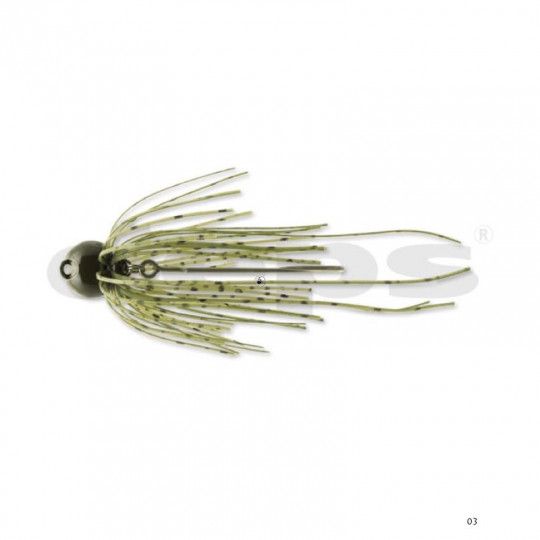
Unavailable at the moment

Unavailable at the moment
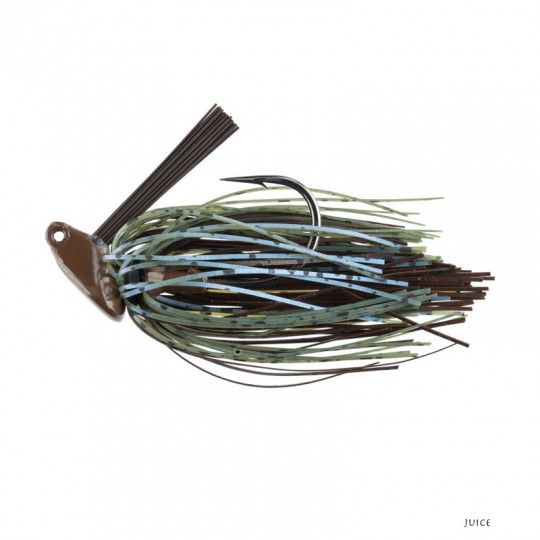
Shipping 24 H
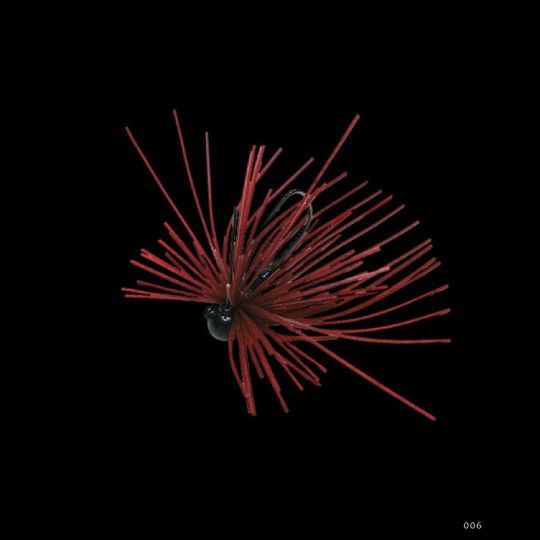
Shipping 24 H
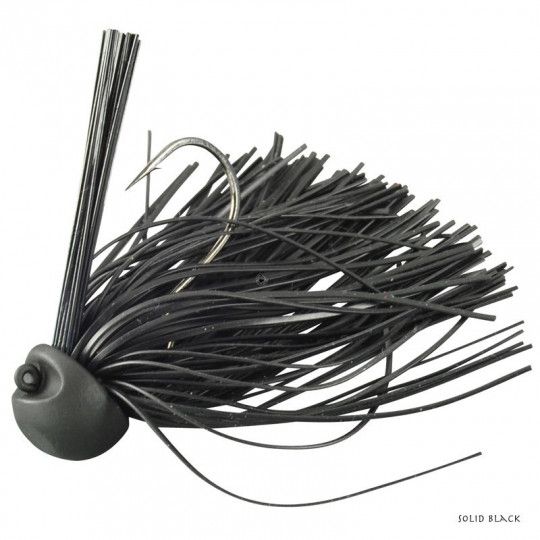
Shipping 24 H
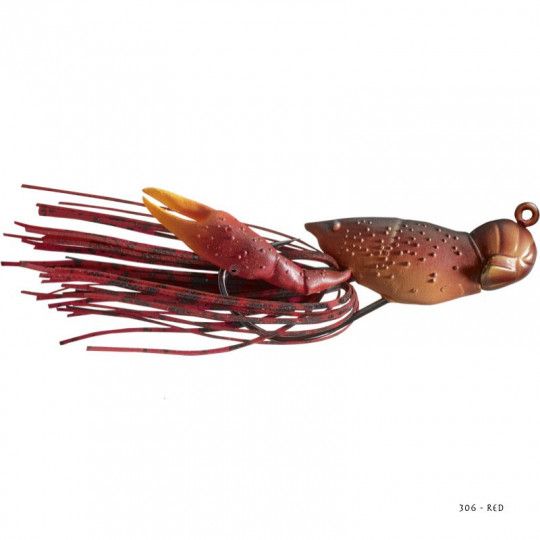
Shipping 24 H
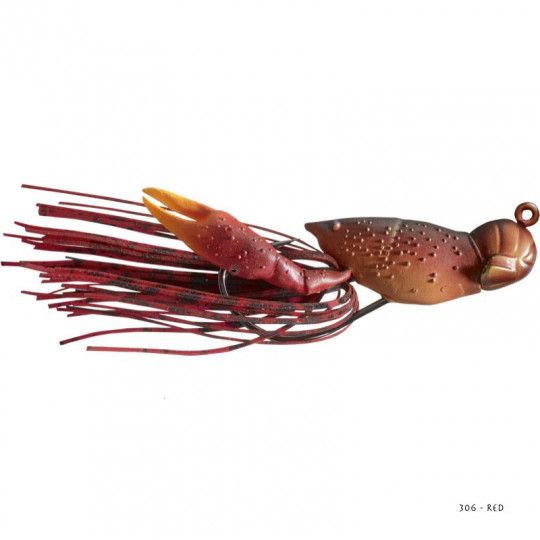
Shipping 24 H
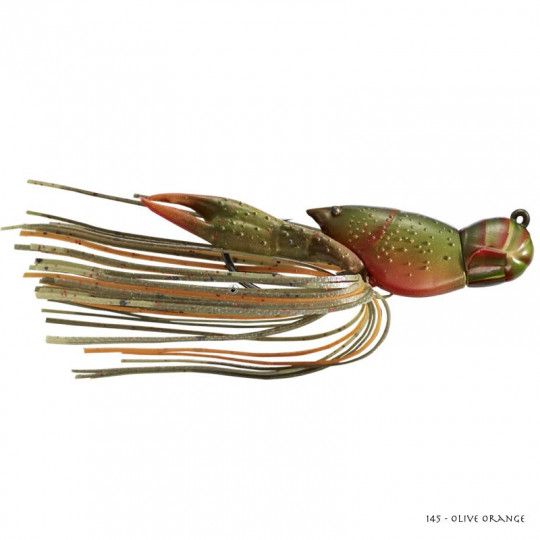
Shipping 24 H
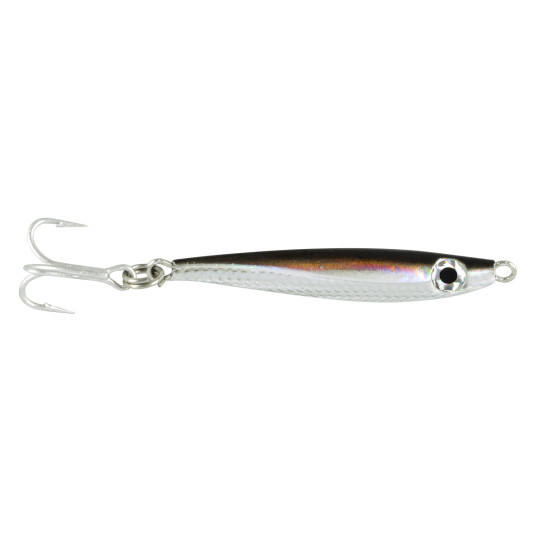
Shipping 24 H
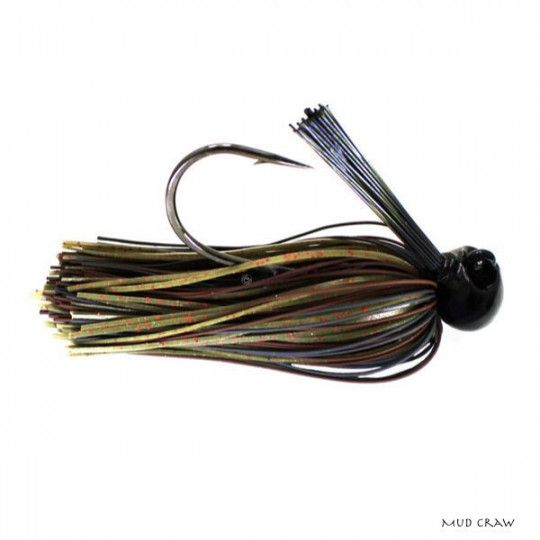
Shipping 24 H
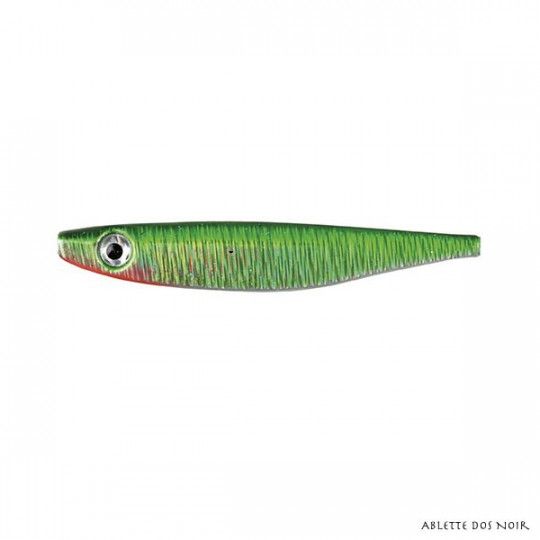
Shipping 24 H
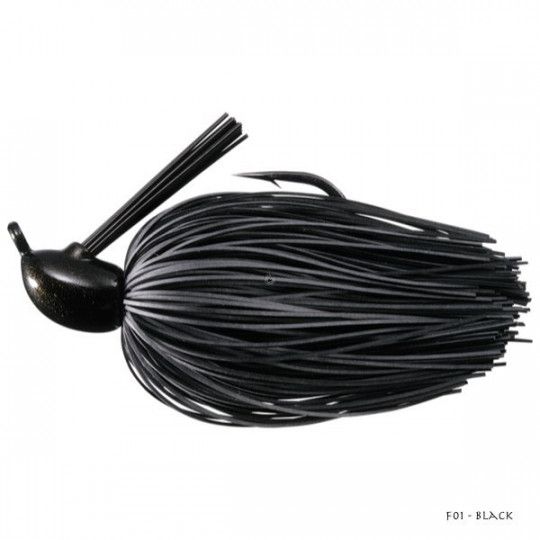
Unavailable at the moment
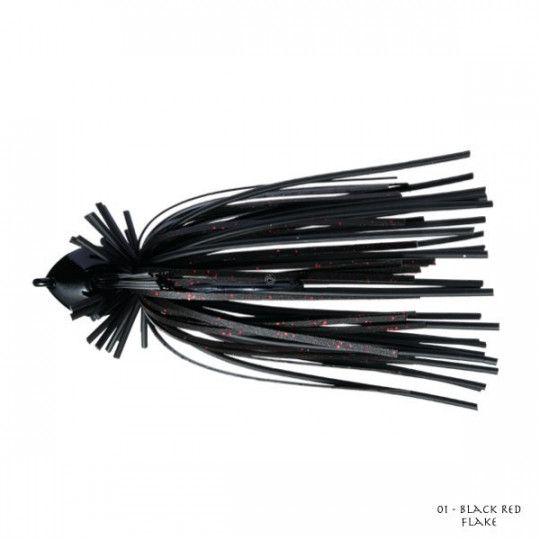
Unavailable at the moment
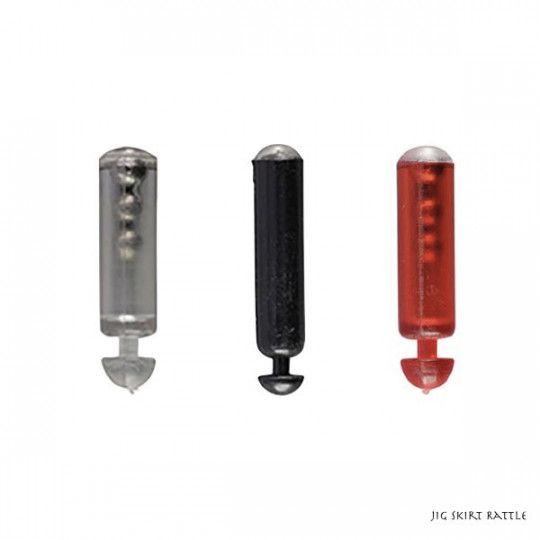
Shipping 24 H
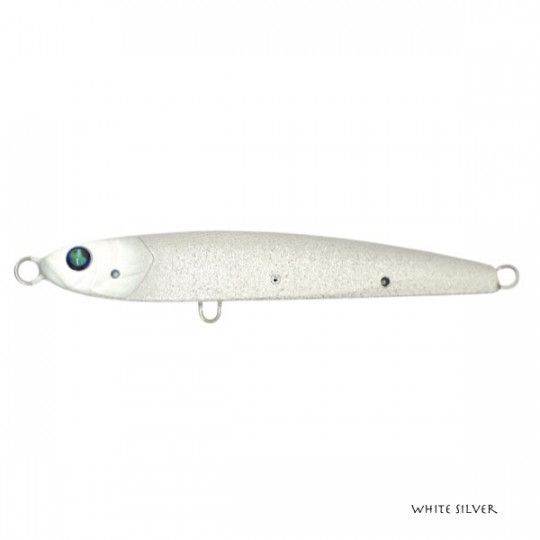
Shipping 24 H
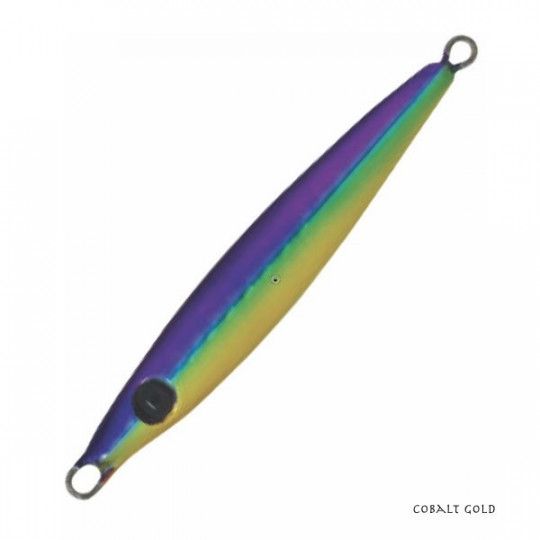
Shipping 24 H
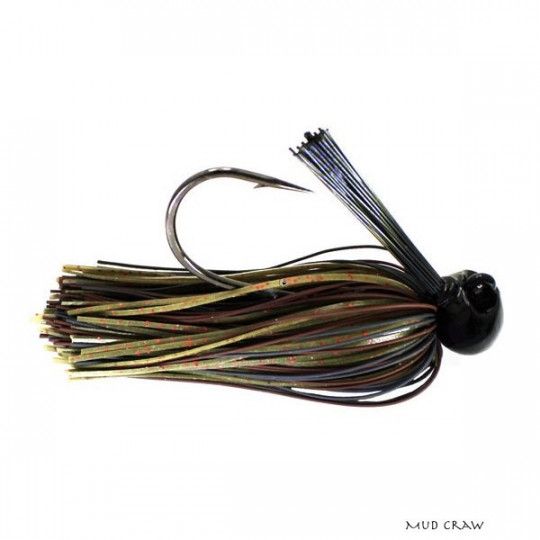
Unavailable at the moment
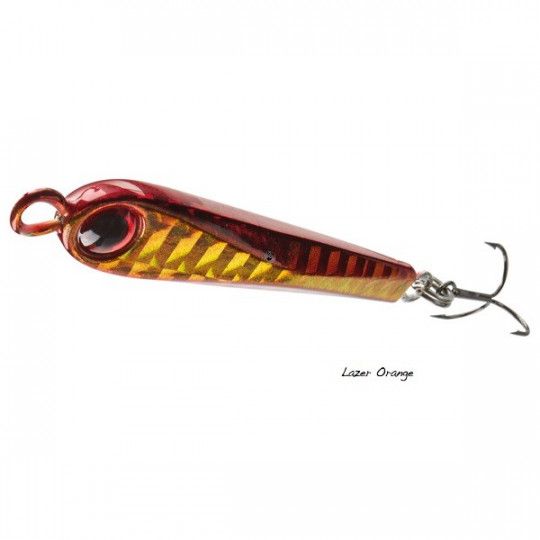
Shipping 24 H
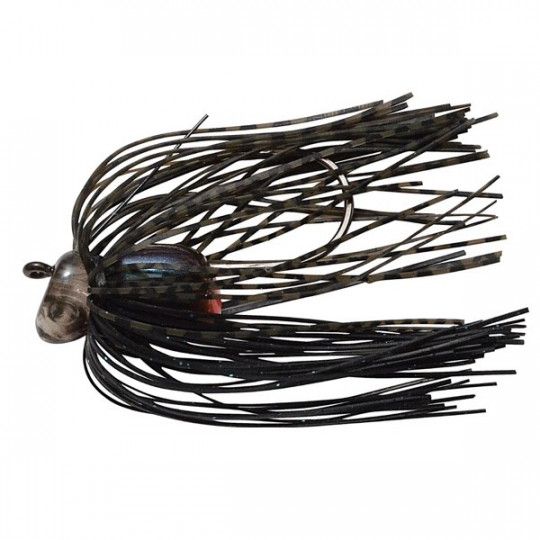
Unavailable at the moment
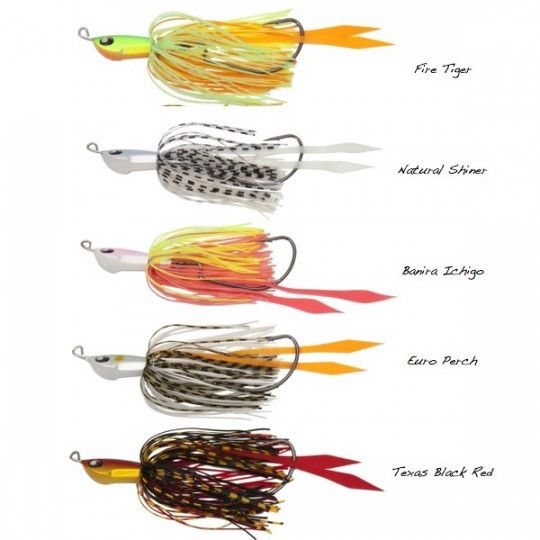
Shipping 3 à 5 jours
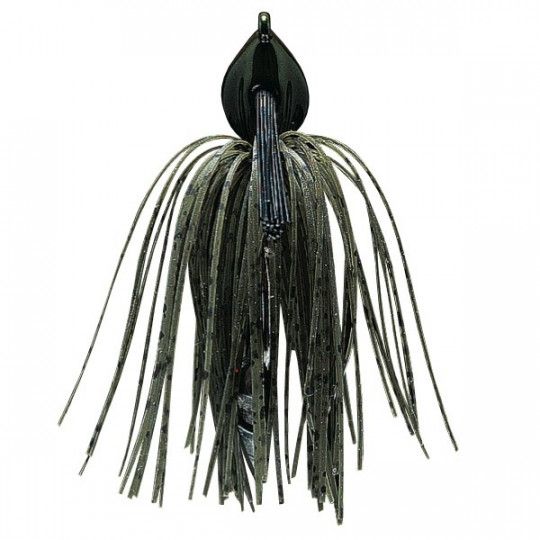
Shipping 24 H
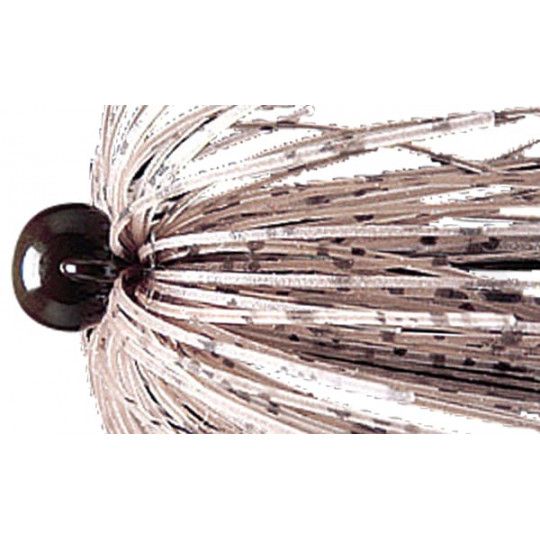
Unavailable at the moment
The Metallic Jig is an elongated hard lure. It most often represents a small fish. Cast in lead or other metal of the same density, it is often shiny in color, it is a formidable weapon on poles. Its very erratic swimming triggers their aggression. It is found in different sizes and weights, from 5g up to 250g for some.
At sea and in fresh water, it appeals to all predators. You can use them vertically above a boat. You will then just need to give small strokes with the scion so that it can reveal its attractive power.
It will also be very effective in throwing and fetching, always with the same animation. This last method is particularly suitable for prospecting. This allows you to locate hunting predators more quickly.
The Rubber Jig, for its part, is more like a jig head to which hair and in some cases anti-weed have been added. Unlike its metallic cousin, it is advisable to add a trailer: a craw, a worm or a shad. It is found in different colors, often natural but sometimes in fire tiger or white.
From 1 to 40g on average, it is aimed at all predators although it is widely used for searching for black bass. It is extremely effective on black bass, perch and also pike. It is a very good lure for searching for predators deeper in structures.
For pike, you can use the swim jig method which consists of sending your jig as far as possible into the obstacle and making it pull on the bottom. This technique is a bit similar to that used for tracking black bass, but is more dynamic.